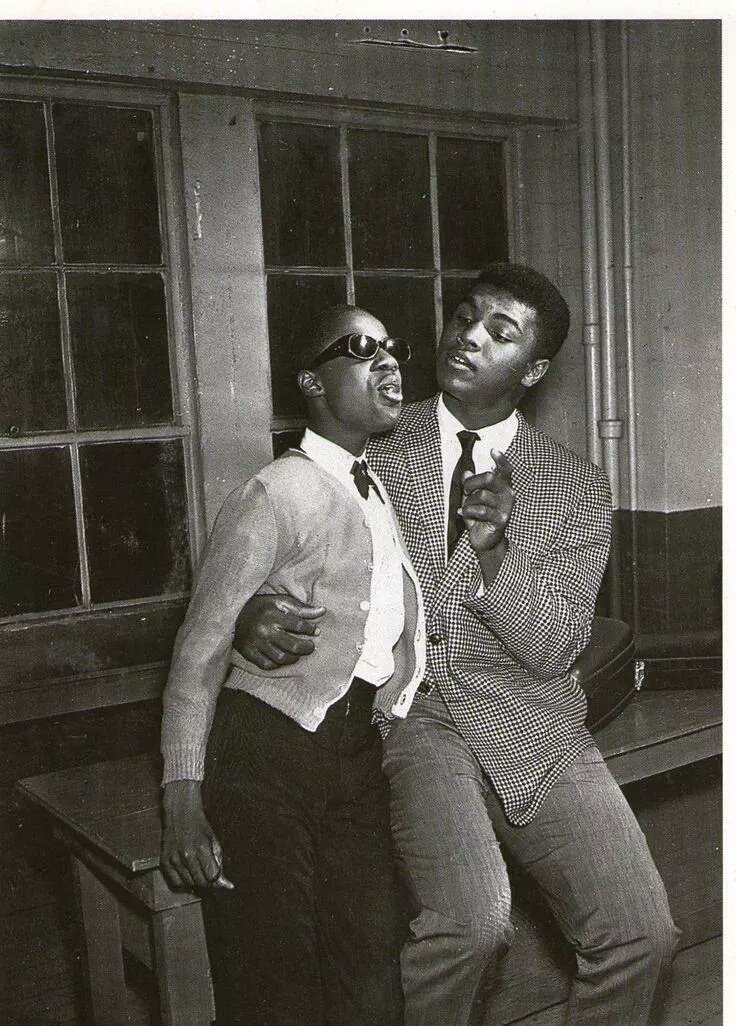As I grow older I see the world with a different set of glasses. As I observe more closely, I see that context is more important than content, and that we are all held captive by our cultures.

Here’s a jarring example to make the point. Imagine what might go through the mind of an Israeli police officer confronting a Palestinian teenager furiously throwing rocks at him. Without taking into account the conditions and history that led to that event, the officer might react with violence. Was the child’s behavior wrong? Yes. Is killing him justified? No. In all likelihood, the child was poor, oppressed, and grew up feeling like his soul was being cooked in a cauldron of hatred. He probably heard stories of abuse and humiliation of his friends and family. His access to nutritious food and quality education was surely limited; his freedom of movement had likely been restricted. On the other hand, the Israeli officer fending off the rocks has grown up knowing that people on all four borders are plotting to destroy his state and his race. And the legacy of the Holocaust cannot be underestimated. The social context is more important than the political content.
While the Israeli-Palestine conflict is an extreme example of blame the victims, the same idea plays out in less volatile situations around the world. Research now indicates that the neighborhood in which we are raised has a profound impact on educational achievement and social mobility. Norms are more powerful than any intervention we can imagine. In the book The Prize, Dale Russakoff describes the $200 million dollar, five-year-long, failed education reform intervention in Newark, New Jersey; unlimited money and consultant brainpower couldn’t trump the norms and values of the community. The primary reason this noble attempt didn’t work is because the leaders chose not to involve the people and community it was supposed to impact. They tried to solve the problem with content instead of dealing directly with context.

I’m currently reading a wonderful series of books by the Italian author, Elena Ferrante. She writes beautifully about two young women who are caught in their small-town, blue collar, economically challenged cultures. Both are precocious and pretty, but one is inclined toward provocative confrontations and the other just wants to please. In a different context, these two women would soar to dizzying heights in their own ways based on their brainpower and bravado. In the culture in which they grow up, however, one gets married at 15 to an abusive philistine and the other struggles desperately for her sense of place in a culture that doesn’t value her diligence and intelligence. They are being held captive by their culture, and even the substantial content of their minds may not be enough to free them.
In my experience consulting on large-scale change initiatives in global organizations, there is one factor that greatly impacts the success of the outcome: Success is largely dependent on the ability to align the culture with the goals and objectives of the desired change, i.e. to free programs and people to grow. Consultants typically come in with brilliantly designed programs and powerfully enabling technologies, but they skim over the cultural norms that will make or break ideas and interventions.
As the Senior Vice President for People and Culture at a major technology company, I once suggested to the head of Sales that we should collaborate to ensure that the technology he was selling would be optimally used in the organizations that bought it. He couldn’t grasp the concept. He firmly believed that his technological content did not require a deep understanding of the cultural context in which it would be implemented. Unfortunately, this experience has been the rule vs. the exception.
I used to be a content junkie myself. I understand the seduction of well-crafted concepts and the allure of fancy phrases that set you apart from ordinary discourse. There’s a real “high” in conquering a difficult subject and claiming it as your own. No matter how good the ideas are, however, lasting change only occurs when all the conditions are ready for adoption and people feel free to initiate. You can’t throw a seed onto concrete and expect a flower to bloom. It needs rich soil and water to cheer its growth. If the conditions are right, dismal probabilities turn into exciting possibilities. Context trumps content any way you wan to look at it, but the culture is more likely to trap us than to free us.
So I’ve changed the lens in my glasses, but I’m still seeing an endless spewing of content with little regard for context and culture. And I’m peering through these glasses with a new set of eyes that enable me to see the conditions that free people and ideas and the cultures that hold them captive. Even with these new glasses and these new eyes, I’m still wondering how captive all of us are by the cultures in which we live, learn, and work. And I’m still waiting for an opportunity to put these new glasses and eyes to work.
Also published on Medium.



